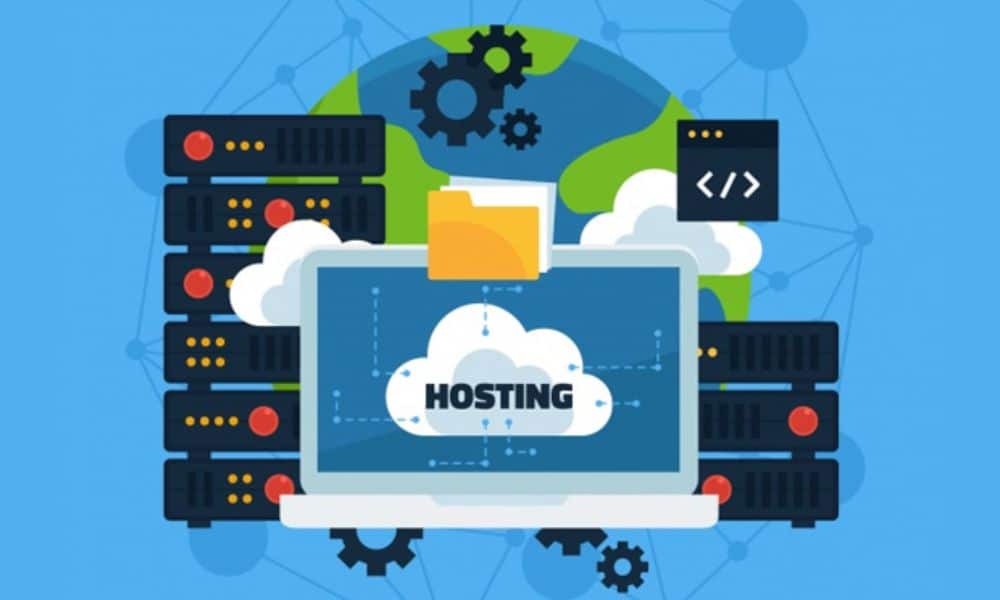In today’s fast-paced business environment, companies face an increasing amount of data. Managing, integrating, and sharing this data across different platforms and departments can be challenging. This is where ECM (Enterprise Content Management) software steps in. ECM software is designed to help businesses capture, store, manage, and distribute content seamlessly across various departments.
ECM Software and Its Impact on Streamlining Operations
ECM software is a powerful tool for streamlining operations in any organization. By consolidating data from different sources, businesses can reduce the complexity of data management. ECM software eliminates the need for employees to search through multiple systems for information, saving valuable time.
The automation capabilities of ECM software also enhance operational efficiency. Routine tasks such as document approval, data entry, and reporting can be automated, allowing employees to focus on higher-value tasks. This not only speeds up business processes but also ensures that information is consistently accurate.
Enhancing Collaboration Through ECM Software
One of the key benefits of ECM software is its ability to foster collaboration across teams. By providing a centralized location for storing and sharing documents, ECM software makes it easier for employees to work together. Teams can access the latest information, contribute to projects, and share updates in real time, regardless of their location.
With the integration capabilities of ECM software, collaboration is no longer hindered by incompatible systems or data silos. This seamless integration ensures that all team members are on the same page, improving productivity and the overall quality of work.
Improved Data Security with ECM Software
Data security is a top priority for any business, and ECM software provides robust solutions to protect sensitive information. By centralizing data management, ECM software enables businesses to implement consistent security protocols across all content and documents. Access control features allow administrators to define who can view, edit, or share specific information, reducing the risk of unauthorized access.
Furthermore, ECM software often includes audit trails, which track who accessed the data and when. This feature ensures that businesses can monitor data usage and detect any unusual activity, providing an added layer of security.
Boosting Efficiency with Seamless Data Integration
Seamless data integration is a major advantage of ECM software. Traditionally, businesses have struggled with siloed data across different platforms and systems. ECM software overcomes this challenge by allowing data to flow freely between systems without the need for manual intervention.
With ECM software, businesses can automate data transfers, reducing the risk of errors and ensuring that information is always up to date. This integration eliminates redundancies and streamlines workflows, allowing organizations to operate more efficiently.
Cost-Effectiveness of Implementing ECM Software
Investing in ECM software is a cost-effective solution for businesses looking to improve data integration. While there may be an initial investment, the long-term savings far outweigh the costs. By automating processes, reducing errors, and improving collaboration, ECM software helps businesses operate more efficiently, leading to reduced operational expenses.
Conclusion
ECM software offers numerous benefits that contribute to a company’s success. From seamless data integration to improved security and collaboration, the advantages are clear. By centralizing and automating data management, ECM software enables businesses to operate more efficiently and effectively, providing a competitive edge in today’s digital world. For companies looking to improve their data integration processes, investing in ECM software is a step towards long-term success.




